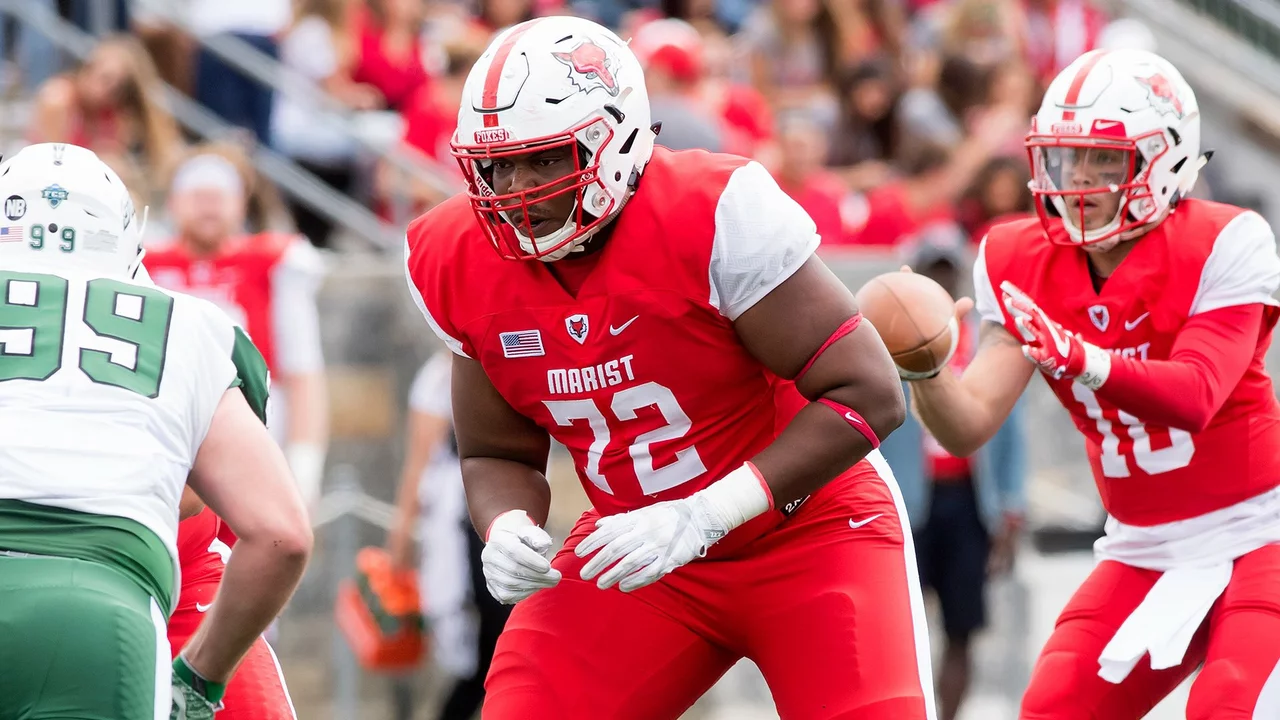Marist College Sports Overview
When talking about Marist College, a private liberal arts university in Poughkeepsie, New York, that fields a range of varsity teams. Also known as Marist, it competes at the NCAA Division I, the top tier of collegiate athletics in the United States and is a member of the MAAC, the Metro Atlantic Athletic Conference that organizes regular‑season play for its members. This mix of academic rigor and high‑level sport creates a unique environment for college athletics, the system of intercollegiate competition covering everything from basketball to swimming at Marist.
Why Marist College stands out in the NCAA landscape
Marist College encompasses a broad athletic department that balances competitive ambition with student development. The school requires student‑athletes to meet academic standards while maintaining rigorous training schedules; that dual focus influences both graduation rates and on‑court performance. Because the Red Foxes play in the MAAC, they regularly face regional rivals, which fuels local interest and media coverage. The conference also provides pathways to the NCAA tournament, meaning a strong season can lead to national exposure. For anyone curious about how a mid‑size school can punch above its weight, Marist offers a clear case study: solid recruiting, dedicated coaching staff, and community support combine to produce consistent results.
One of the most visible parts of the program is the basketball team. Over the past decade, the Red Foxes have pulled off several upsets in the MAAC tournament, proving that home‑court advantage and disciplined play can level the playing field against larger schools. The football program, while operating at the FCS level, uses the same philosophy: maximize each player's strengths and keep the playbook adaptable. Both teams draw on a shared pool of facilities—a modern gym, training center, and dedicated sports medicine staff—highlighting how Marist leverages resources across sports. This cross‑sport synergy is a hallmark of effective college athletics departments.
Swimming, too, thrives under this model. The Marist swimming & diving squad trains year‑round, often competing at the Northeast Conference meets and occasionally qualifying for NCAA championships. The program emphasizes technique, endurance, and academic balance, mirroring the broader student‑athlete ethos. Coaches collaborate with the university’s strength‑and‑conditioning team to fine‑tune workouts, while academic advisors ensure athletes stay on track. As a result, swimmers graduate at a higher rate than many peer programs, showing that performance and education can go hand‑in‑hand.
Beyond the varsity teams, Marist supports a vibrant community of club athletes and intramural leagues. These groups feed talent into the varsity pipeline and keep campus life active. Fans—students, alumni, and local residents—show up in noticeable numbers for games, creating a lively atmosphere that boosts player morale. The campus radio and online platforms routinely broadcast highlights, giving rise to a digital fan base that follows Marist sports across social media. This ecosystem of players, coaches, and supporters fuels a continuous cycle of improvement and engagement.
All of these elements—conference affiliation, multi‑sport coordination, student‑athlete development—frame the stories you’ll encounter in the collection below. From deep dives into basketball strategy to profiles of standout swimmers, each piece reflects how Marist College’s athletic identity evolves season after season. Whether you’re a current student, a prospective recruit, or just a fan of college sports, the articles ahead will give you a front‑row seat to the action, the challenges, and the triumphs that define Marist’s competitive spirit.
What division is Marist College football?
As a sports enthusiast, I found it interesting to delve into the specifics of Marist College football. Marist College competes in the Pioneer Football League, which is a Division I FCS (Football Championship Subdivision) conference. This means they compete at a high level, but not at the highest level of college football, which is the Football Bowl Subdivision. It's important to note that even though it's not the top tier, the competition is fierce and the level of skill is high. I was impressed by their commitment to both academics and athletics.
